Geospatial Index 102
Towards Data Science
APRIL 11, 2023
It consists of approximately 8 million rows of data (with a total amount of 1.52 GB) recording incidents of crime that occurred in Chicago since 2001, where each record has geographic data indicating the incident’s location. Anyone with a Google Cloud Platform account can access this dataset for free.

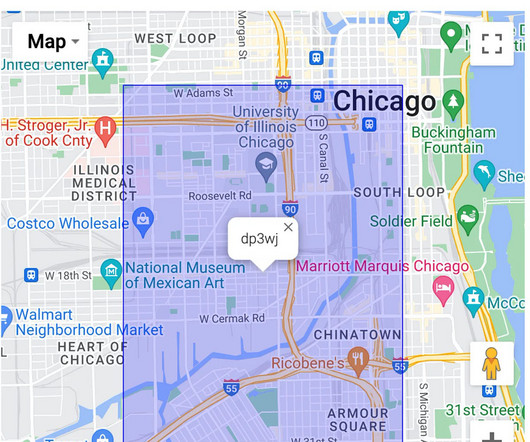
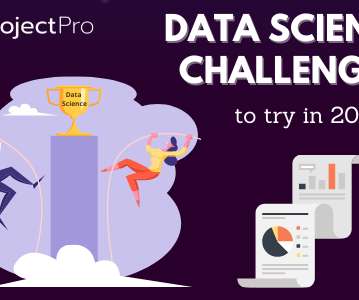
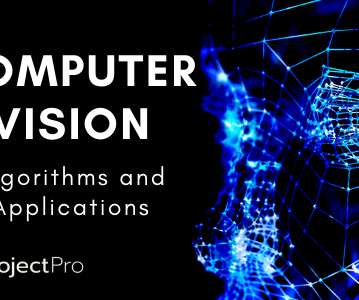

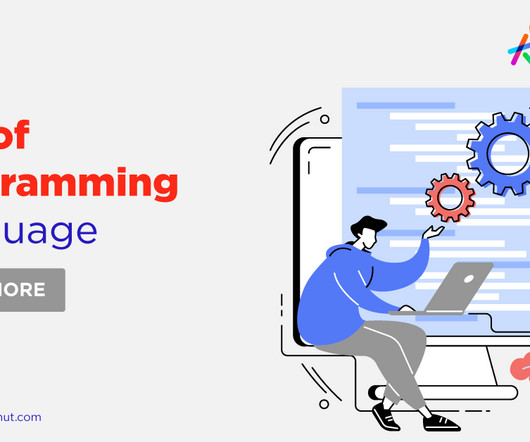

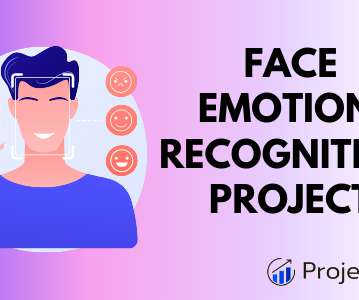







Let's personalize your content